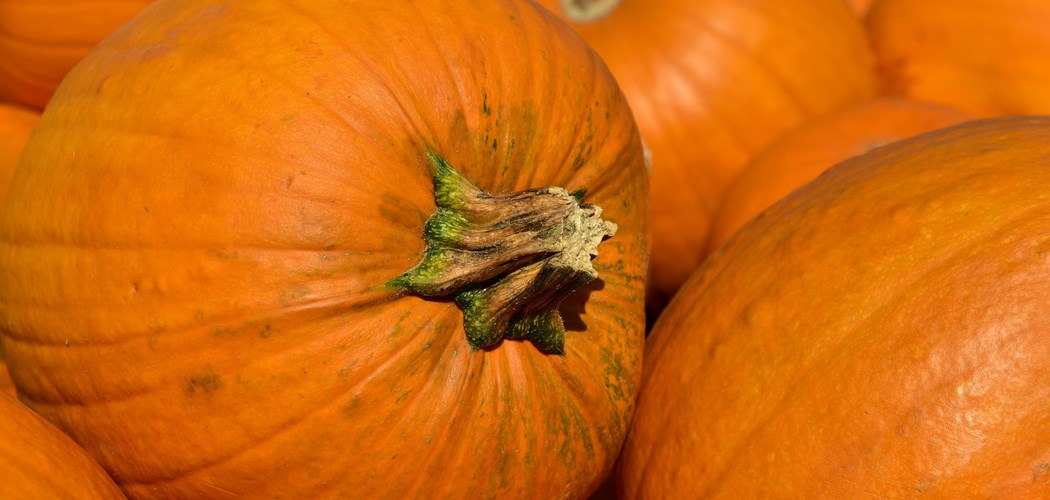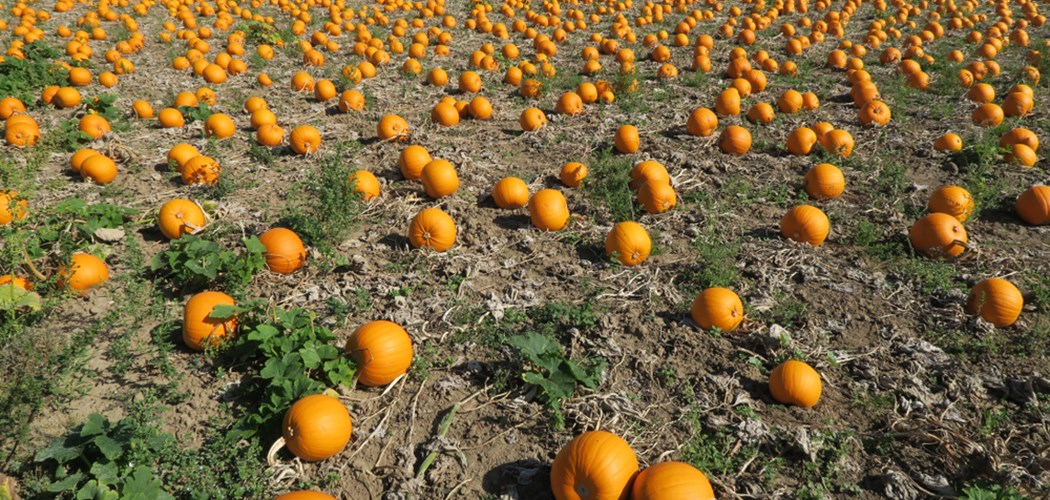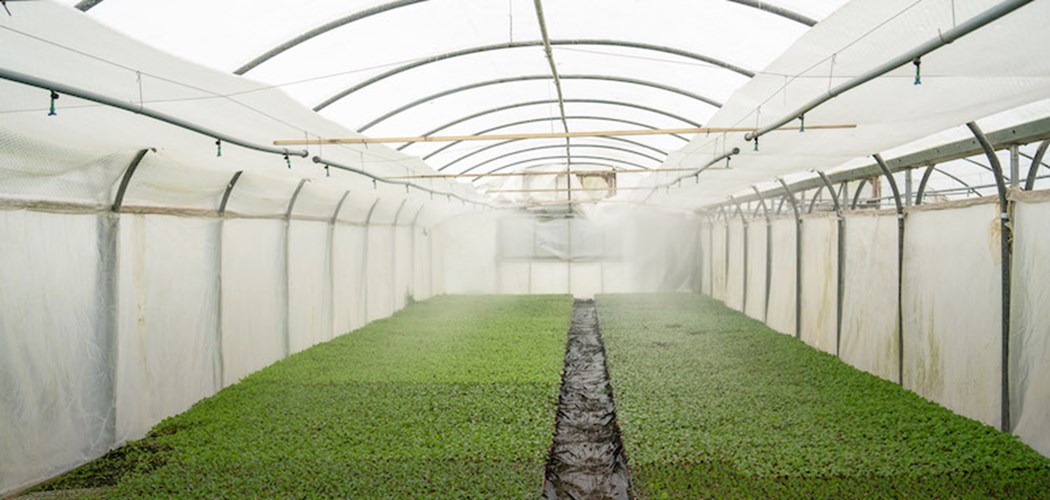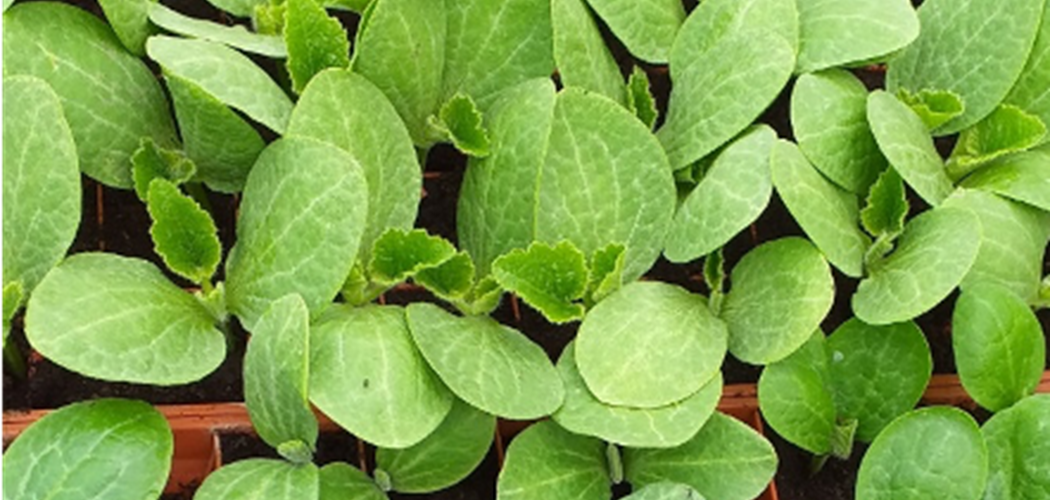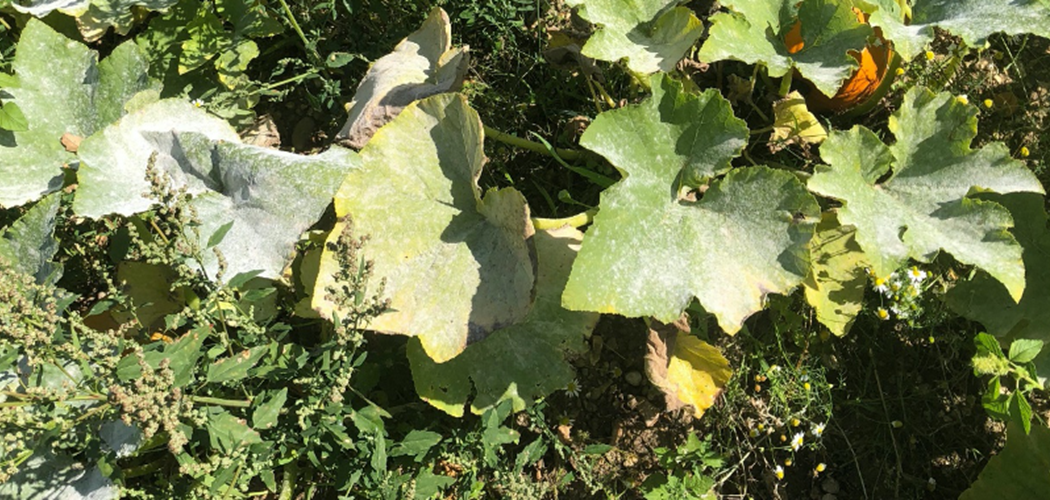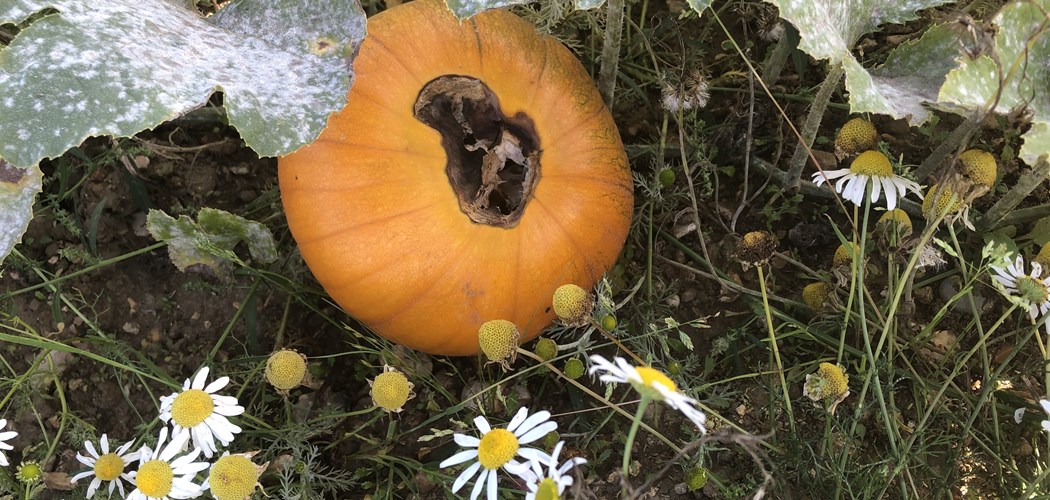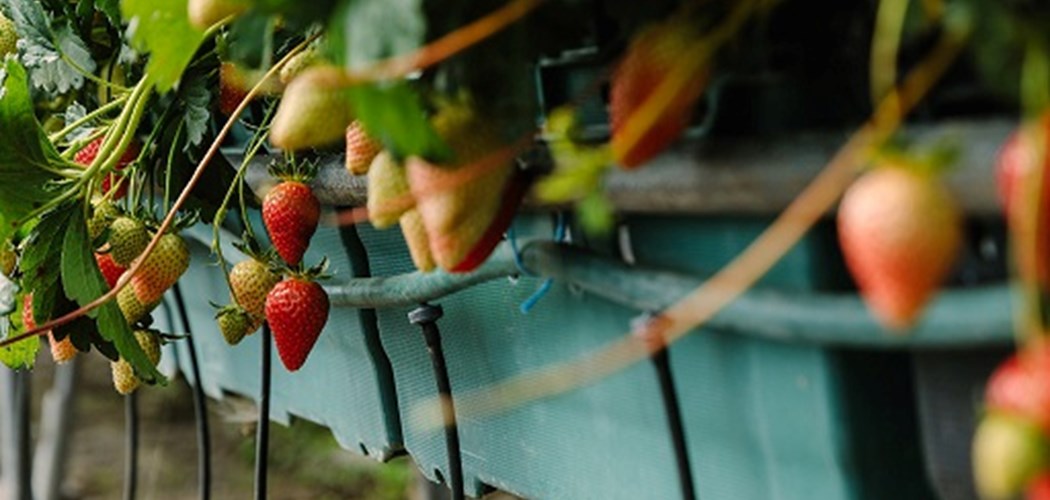Technical Advice Sheet Pumpkin Power Hour – June

Download the Toolkit: Pumpkin Power Hour - June - English.pdf
Tyfu Cymru have launched regular Power Hour sessions for members of the Pumpkin Network. If you are a member of one of our grower networks, keep an eye out for details on our regular online meetings for network members.
These focused sessions are facilitated by Tyfu Cymru together with technical experts and include an update on topical issues based on growers instant needs, and allow you to share questions with growers and technical experts. This service will allow you to receive ongoing support through the networks. Want to join a network? Contact tyfucymru@lantra.co.uk
See the extract below and download full technical notes from the latest Power Hour can be downloaded here: Pumpkin Power Hour – June.
Crops Establishment & Irrigation
Pumpkin planting should be finished for this year – either by drilling or by transplant – and the crop well established. Planting has been difficult this year with the prolonged dry spells as it is necessary to avoid planning if it is hot and dry. Some growers that have direct drilled have seen patchy germination where fields have been dry and this can leave gaps for later on in the season. If your first drilling has not established well there may be time for an additional drilling. Irrigate after planting to promote good root development. If drilling you can irrigate directly with the drill, or overspray the crop with a tank and slurry spreader. Depending on your soil you may get to water about 10 – 15cm near the surface, so you only need to apply a small amount to bridge the gap between the soil moisture and the surface. Surface moisture will also help to ensure your residual herbicides can work fully to help limit emergent weeds after planting.
Flowering
Flowers are likely to start developing from early July. You’ll see an initial flush of male flowers, followed by female flowers 1 – 2 weeks later.
Powdery Mildew
Powdery mildew is likely to be become a risk from July onwards. You should plan to keep this out of your crop until August, after which it can be useful to deleaf the crop and help light to reach the developing fruit. Potassium bicarb, whilst organic, is effective only as an eradicatant rather than a protectant, so you may wish to consider conventional treatments first. Suitable treatments generally have a 3 day or less harvest interval, so you can safely use them on your crop at this strage. Signum can be expensive, but Amistar, Takumi and Tallius are good choices to consider – see the Tyfu Cymru factsheet on powdery mildew for a full list of chemical options. You should also make sure to use a variety of FRAC codes to avoid any resistance developing. Be careful with general fungicides – more options are available for courgettes, but are not registered for use on pumpkin.
Weed Control
As the pumpkin crop establishes, the weed risk will continue until the canopy closes over. Fat Hen will thrive well in the drought and is a very common problem in England and can quickly smother the crop. Red shank and other late emerging weeds will become more of a problem as the crop grows. A stale seed bed will be a very good early start (you should aim to cultivate twice before planting to strip out any germinating weeds three weeks before planting), and hand hoeing can be useful in control weeds before they become too established, although this can be expensive on the large scale. For well-structured plantings, a manually steered mechanical hoe can be effective with 15cm setting.
The full technical notes can be downloaded here: Technical Advice Sheet Pumpkin Power Hour – June
Disclaimer
Every effort is made to ensure the accuracy of information and recommendations given in these notes. All applications of crop protection chemicals should be made in accordance with label recommendations, which should be consulted before spraying. Some of the pesticides mentioned in these notes may not be supported by label recommendations for their use on pumpkin crops but are permissible via Extension of Authorisation for Minor Use (EAMU) in the UK under ‘The Revised Long Term Arrangements For Extension Of Use (2002)’. In these cases, the use of the pesticide is at the risk of the user and Tyfu Cymru does not accept liability for any loss or damage caused by such use. The references to on-label approvals and EAMUs for use of pesticides in pumpkin crops and are correct at the time of writing. These are subject to change and approval may be withdrawn at any point. It is the grower's responsibility to check approvals before use of pesticides. If in doubt a grower should seek advice from a BASIS qualified advisor - this is available free of charge for eligible growers through the Tyfu Cymru program, please contact us to arrange an appointment – email/telephone advice is also available.
Related Pages
Webinar: Integrating Farm Tourism into your Horticulture Business
Have you considered a farm shop, a pop up café, a seasonal events calendar? How about an ‘Insta field’? The demand for photo worthy fields is on the rise, and with careful planning, establishing a pick your own will have the public flocking to your f…
2/24/2021 1:44:27 PMTechnical Advice Sheet Pumpkin Power Hour – November
The start of the 2020 season was difficult. Late frosts until the first week in May and dry soils delayed planting, but heavy rains then delayed planting further.
12/14/2020 11:31:10 AMTechnical Advice Sheet Pumpkin PYO Marketing with Covid
While many of the covid-19 restrictions are being relaxed, it’s likely to continue to pose a challenge for growers for the foreseeable future – especially for those selling directly to customers for whom a high footfall on site is needed to achieve g…
9/30/2020 1:07:45 PMWelsh Fruit and Vegetable Production - Baseline Study
This baseline study for Tyfu Cymru was conducted by Dr. Amber Wheeler and looks at the opportunities for Welsh Fruit and Vegetable production.
6/26/2020 4:05:34 PMTechnical Advice Sheet Pumpkin planning and weed control – May
You should now be planning the planting for this year’s crop. If you’re new to pumpkins, it’s recommended that you plant transplanted seedlings rather than drilling. You’re just in time to order these from a propagator if you act quickly, and you sho…
5/28/2020 2:02:13 PMPumpkin Disease Control
The main disease of concern in pumpkin during the early season is powdery mildew, and this can start to be a problem from June onwards, starting with flowering.
5/28/2020 1:50:36 PMOur Guide to Mobile Card Payment Systems
How customers pay for their goods is changing - debit card transactions overtook cash in 2017, and these are forecast to represent over half of all transactions by 2024. The move away from cash has also be driven by the increase in contactless card p…
5/28/2020 1:37:30 PMManaging Blossom End Rot in Pumpkin
Blossom End Rot (BER) is a particular problem that pumpkin growers face, especially when growing for pick-your-own (PYO) markets.
4/24/2020 9:57:25 AMPick your Own (PYO): What you need to know to get 5* rated…
In our series of industry insights, we provide some background to the market, as well as some top tips on ensuring that your customer experience hits that important 5-star customer rating.
12/16/2019 1:38:55 PM

